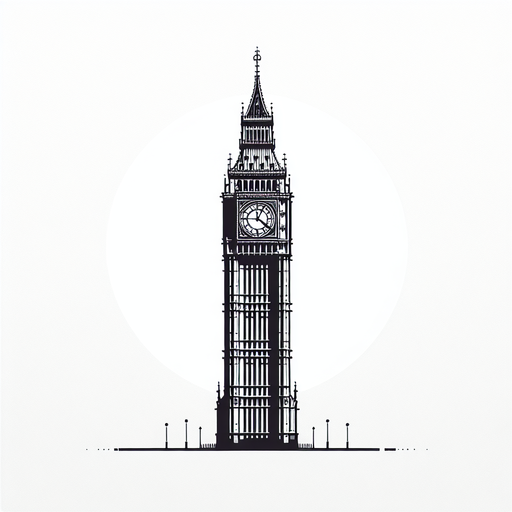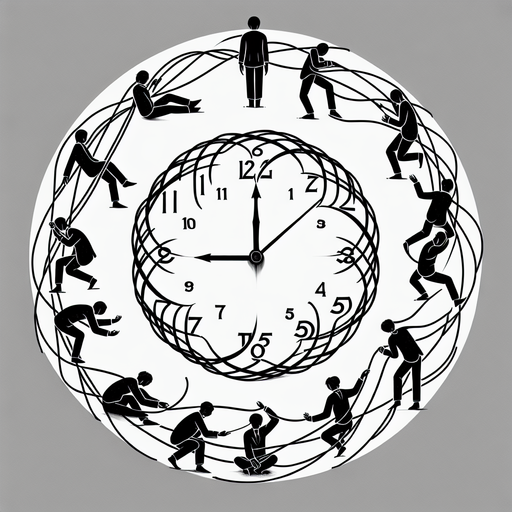Quartz Revolution
A Revolution That Put A Watch In Every Person's Wrist
In 1969, Seiko released the world’s first quartz watch, revolutionizing timekeeping. Before this invention, watches were often a luxury item, accessible only to those who could afford the craftsmanship involved in traditional mechanical designs. Mechanical watches required intricate gears and springs, painstakingly assembled by skilled artisans, making them expensive and out of reach for most people, until quartz was introduced.
Quartz, a naturally occurring mineral, has unique properties that make it ideal for accurate timekeeping. In 1880, Jacques and Pierre Curie discovered the piezoelectric effect, which showed that quartz crystals could generate an electric charge when subjected to mechanical stress. By the mid-20th century, scientists realized that when an electric current is applied to a quartz crystal, it vibrates at an extremely precise frequency. This consistent vibration makes quartz perfect for regulating time, leading to the development of quartz oscillators that became the heart of quartz watches.
By using a small piece of quartz crystal powered by a battery, Seiko created a watch that was not only more accurate and durable but also far more affordable, bringing precise timekeeping to the masses. The arrival of quartz watches transformed the global watch industry. Known as the “Quartz Crisis” in Switzerland, this shift led to a decline in traditional watchmaking, as people increasingly preferred the new, low-maintenance timepieces.
The quartz revolution led Japan, especially Seiko, to become a leader in this watchmaking revolution, making accurate wristwatches available to the masses, and forced Switzerland to change their processes, resulting in the launch of their own quartz-focused brand named Swatch. Today, quartz watches are everywhere, from everyday accessories to precision instruments in space exploration, changing our relationship with time forever.
Craving more? Check out the source behind this Brain Snack!


